Count unit cubes to determine the volume of a rectangular prism with this set of 24 task cards.
Finding Volume with Unit Cubes
How do you find the volume of a rectangular prism? Many people automatically want to know the formula to calculate volume. When students are first introduced to the concept of volume, they need to first start with understanding the concept. Students benefit from understanding that a cube with a side length of 1 unit is called a “unit cube.” This is said to have “one cubic unit” of volume, and can be used to measure volume. With this resource, students can practice determining the volume of 24 different shapes by counting and multiplying unit cubes.
To complete this activity, place the task cards around the room or in a center. Students will solve the problems and record their answers on a recording sheet. Students can begin with a task card of any number.
Through this activity, students will determine the volume of a figure that has been packed with unit cubes.
Tips for Differentiation + Scaffolding
A team of dedicated, experienced educators created this resource to support your math lessons.
In addition to individual student work time, use this volume activity to enhance learning through guided math groups, whole class lessons, or remote learning assignments.
If you have a mixture of above and below-level learners, check out these suggestions for keeping students on track with the concepts:
🆘 Support Struggling Students
For students who may need a bit of support, encourage them to build some of the smaller volume models with unit cubes. If a shape has only a volume of 6 cubic units, 10 cubic units, etc., this is an opportunity for students to use some hands-on materials. Students can then physically count each cube to determine the volume.
➕ Challenge Fast Finishers
For students who need a bit of a challenge, encourage them to complete one of the differentiated volume worksheets that Teach Starter has available to download. Students can use the traditional formula to find the volume of shapes with whole numbers, decimals, or fractions.
🛴 Scoot Activity
Place the cards around the room in numerical order and give each student a recording sheet. Assign students or pairs to a starting point card. Give students time to review the card and record their answers in the corresponding space on their paper. Students will rotate to the next card when you say, “SCOOT!” Continue in this manner until students return to their starting point.
👋 Exit Ticket
Use these cards as a formative assessment after your lesson. Pick a random assortment of cards and project them on the board for the whole class to see. Students can record their answers on a sheet of paper, sticky note, or their notebook.
Easily Prepare This Resource for Your Students
Use the dropdown icon on the Download button to choose between the color PDF, black and white PDF, or editable Google Slides version of this resource. A recording sheet and answer key are also included with this download.
Print on cardstock for added durability and longevity. Place all pieces in a folder or large envelope for easy access.
To keep the task cards out of pockets or under desks, punch a hole in the corner of each to place them on a binder ring.
Sustainability Tip: Print a few recording sheets on cardstock and slip them into dry-erase sleeves. Students can record their answers with a whiteboard marker, then erase and reuse them.
This resource was created by Cassandra Friesen, a teacher in Colorado and Teach Starter Collaborator.
Don’t stop there! We’ve got more activities and resources that cut down on lesson planning time:
[resource:4850908] [resource:4851785] [resource:4850858]
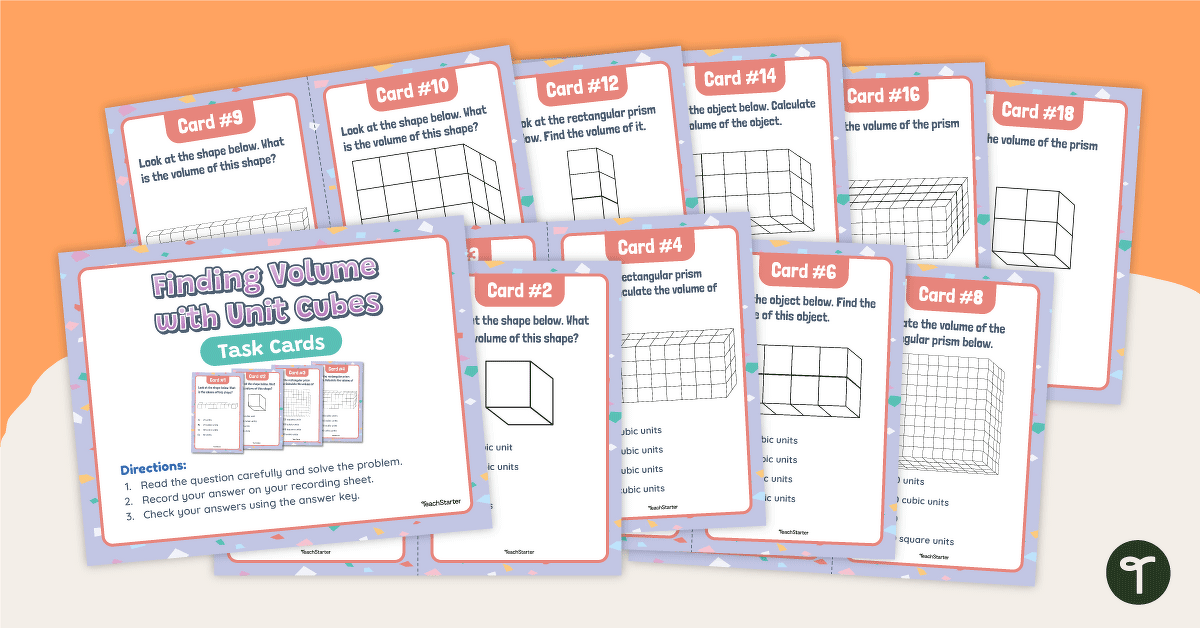

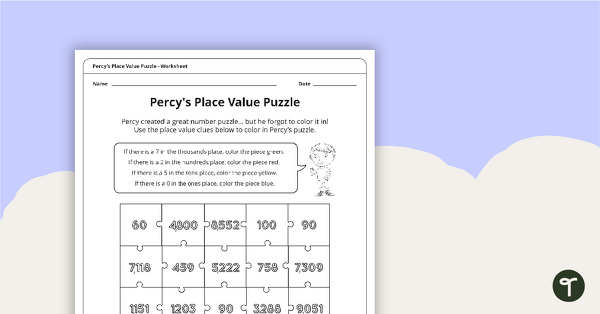
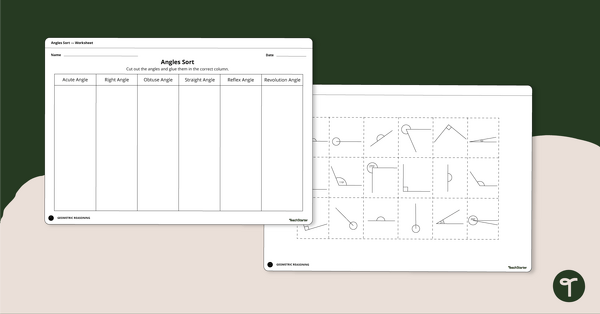
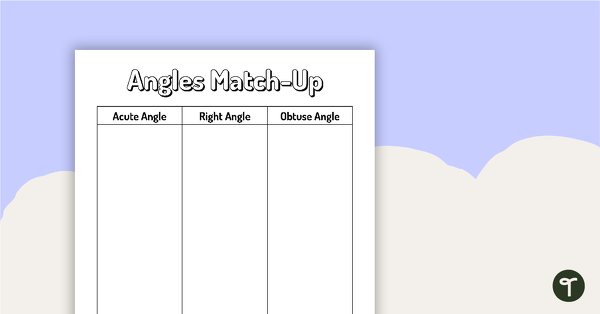
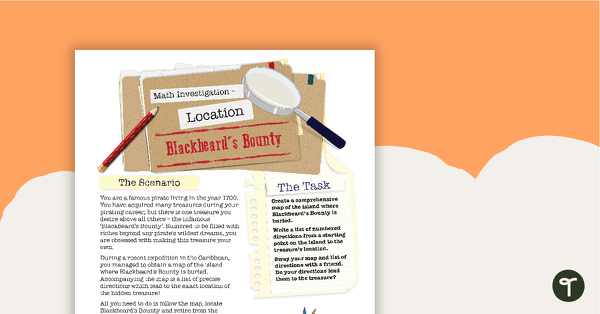
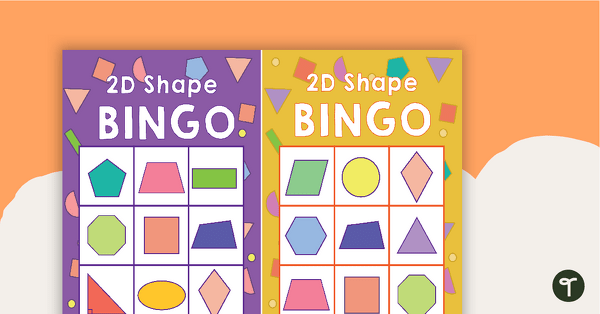
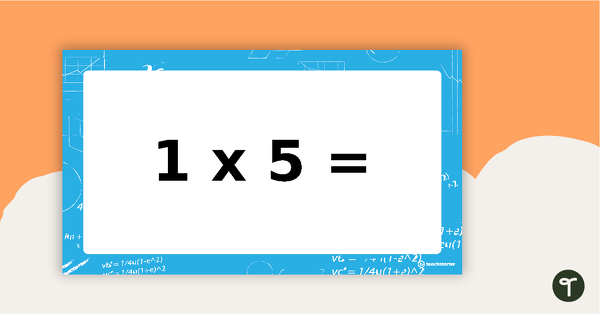
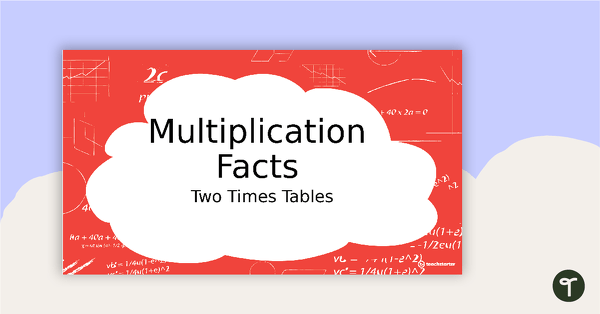
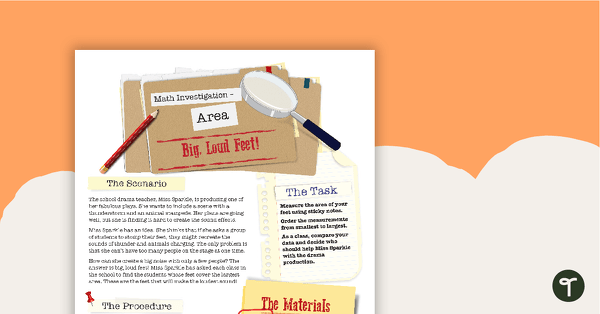
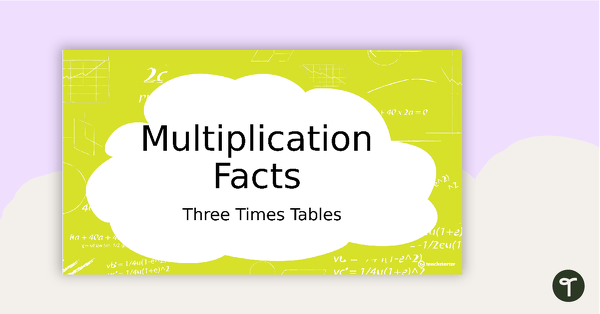
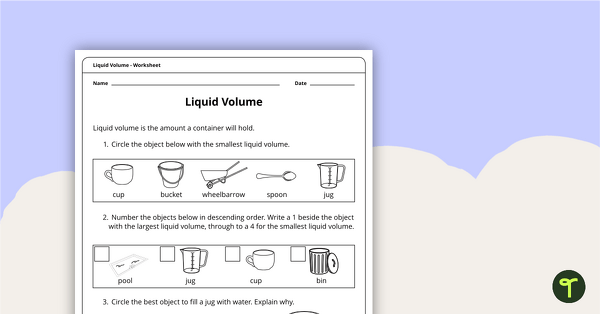
0 Comments
Write a review to help other teachers and parents like yourself. If you'd like to request a change to this resource, or report an error, select the corresponding tab above.